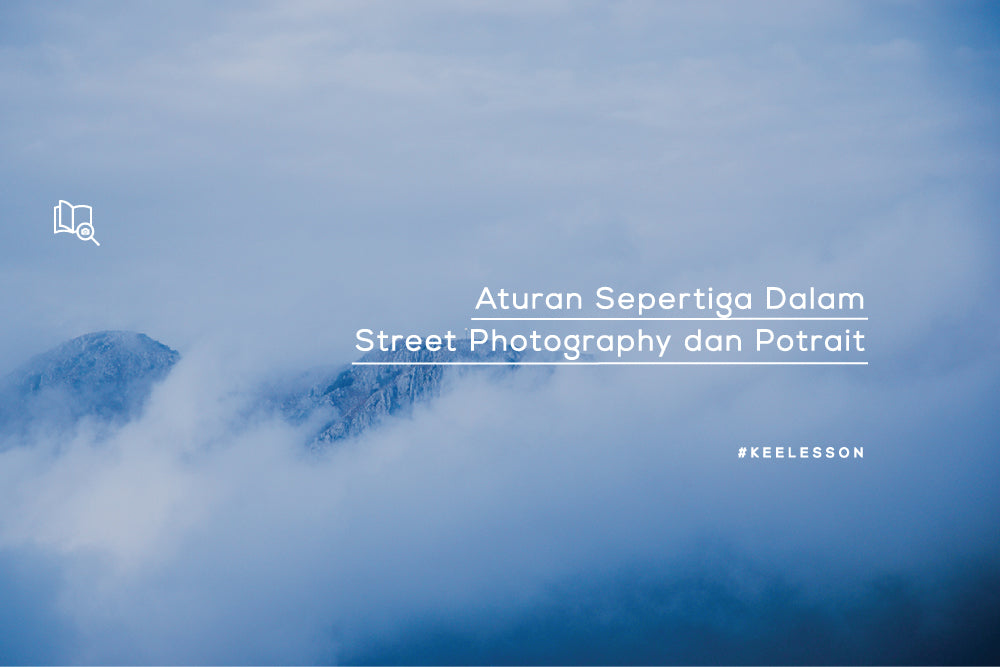
The Rule of Thirds in Street Photography and Portrait
Share
While many people like to place their main subject in the center of the frame, they can actually get much different results by applying the rule of thirds.

EOS M5, EF-M55-200mm f/4.5-6.3 IS STM lens, f/4.5, 55mm, 1/1600sec, ISO320
Source : https://snapshot.canon-asia.com/
This rule divides the frame into nine parts, with 2 horizontal lines and 2 vertical lines. You can place your main subject on these lines, as in the photo above.

EOS M5, EF-M55-200mm f/4.5-6.3 IS STM lens, f/5.0, 100mm, 1/1600sec, ISO320
In portrait photography, it is actually easier for you to learn to apply this third composition because you have enough time to get the composition that really fits.
Comparison of subjects in the centre of the frame using the rule of thirds:

EOS M5, EF-M55-200mm f/4.5-6.3 IS STM lens, f/4.5, 55mm, 1/640sec, ISO320

EOS M5, EF-M55-200mm f/4.5-6.3 IS STM lens, f/4.5, 55mm, 1/1250sec, ISO320
In the photo above the subject's face is in the center of the frame, it will be more interesting and less awkward if you place the object to the side, at the point where the lines intersect.
Meanwhile, in street photography or street photography, the photos are usually taken more naturally, without being set up and of course there is not much time to get the right frame. You only have a few seconds to get a photo before the subject moves. However, the one-third rule still applies. You need to train your sensitivity so that you can take photos straight away without taking a long time to get the right composition.

EOS M5, EF-M55-200mm f/4.5-6.3 IS STM lens, f/6.3, 200mm, 1/1250sec, ISO320

EOS M5, EF-M55-200mm f/4.5-6.3 IS STM lens, f/4.5, 55mm, 1/60sec, ISO320
The rule of thirds will help you in the beginning, but with more practice, you can develop and add your own style to your photos.
